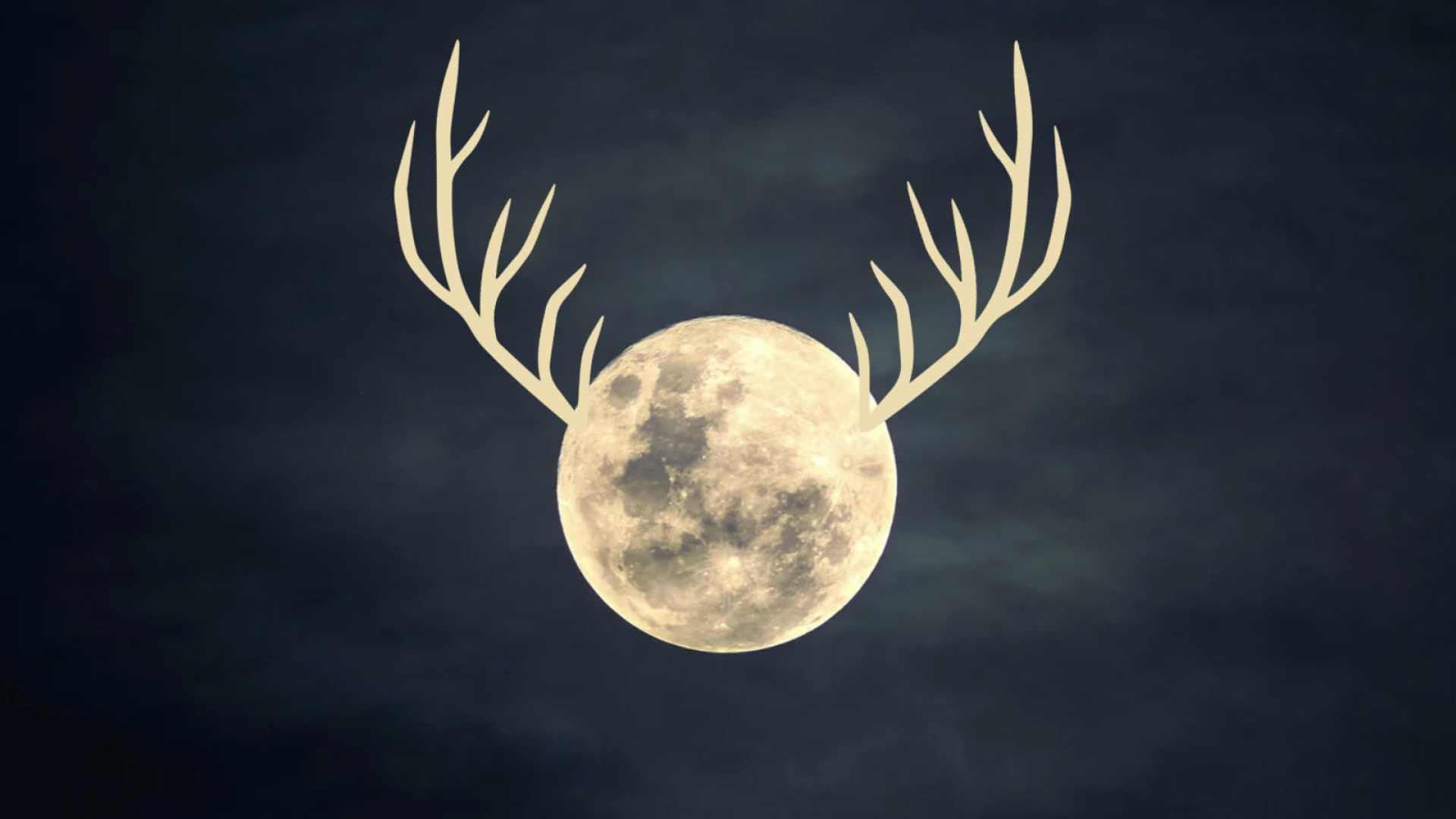News
Catch the Buck Moon on July 10: A Vernal Celestial Spectacle

ORLANDO, Florida — Skywatchers will have the chance to see this month’s full moon, known as the Buck Moon, at its peak illumination on Thursday, July 10, at 4:37 p.m. ET, according to the U.S. Naval Observatory.
Though the moon will be at its fullest during daylight hours in North America, observers can still enjoy a stunning view after sunset. Noah Petro, chief of NASA’s Planetary Geology, Geophysics and Geochemistry Laboratory, noted, “The nice thing about the full moon is it looks full about a day on either side of it.” Those hoping to see the moon should check outdoor conditions and watch as it rises over the eastern horizon.
The term “Buck Moon” derives from the period in July when male deer begin to regrow their antlers, as noted by The Old Farmer’s Almanac. Other cultures have given this full moon various names, like the Cree who refer to it as the “molting moon” due to birds shedding their feathers, and the Tlingit tribe, who call it the “salmon moon,” reflecting the time when salmon begin their migrations.
To achieve the best view, experts recommend finding a place with an unobstructed line of sight and avoiding brightly-lit areas. While no planets will be visible during the full moon, stargazers can expect to spot Venus, Jupiter, and Mars in the night sky later in the month.
On July 21 and 22, viewers can catch Venus and Jupiter low on the horizon before sunrise, alongside well-known star clusters like the Pleiades and Hyades. Mars will then make a notable appearance next to the crescent moon on July 28.
This July will mark the 60th anniversary of NASA’s Mariner 4, which was the first spacecraft to successfully fly by Mars in 1965.
As summer progresses, there are five more full moons to look forward to this year, including three supermoons in October, November, and December.












